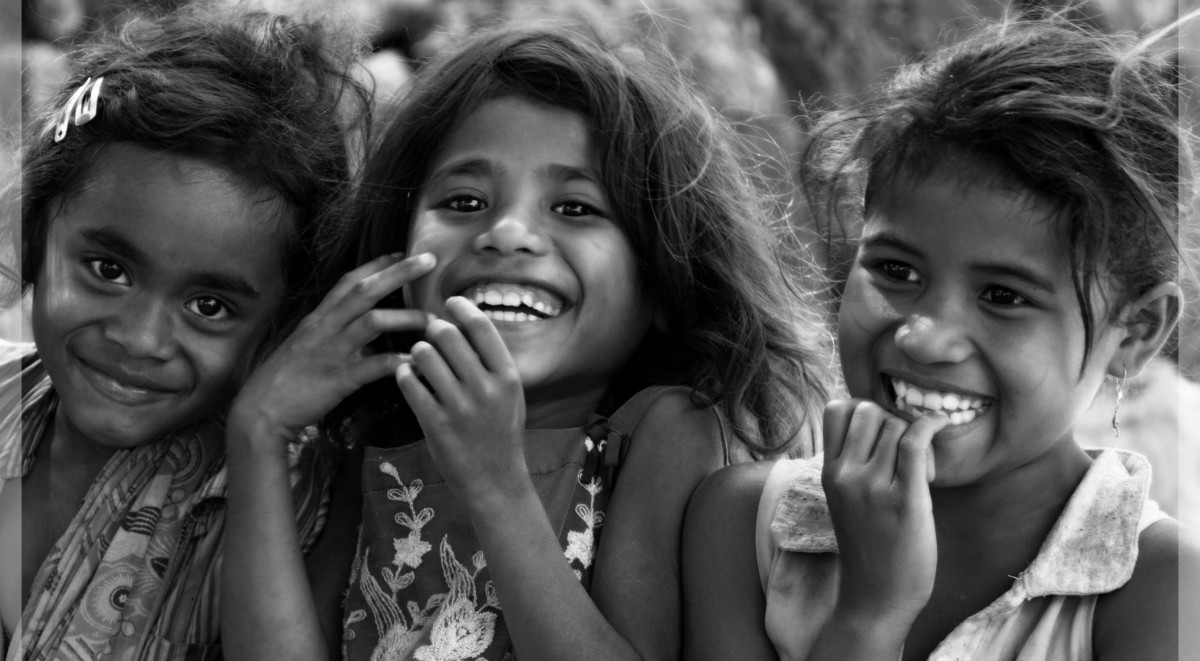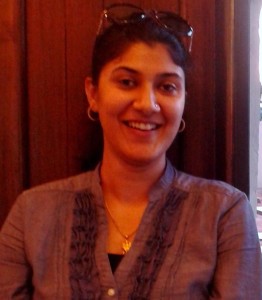
India has been developing at a galloping pace in terms of economy and threatens many of the developed economies, yet it continues to be stuck in the shackles of social problems. Early marriage is just one of the many social problems that mars the development of the nation in the real sense.
UNICEF defines child marriage as “a formal marriage or union before 18 years of age.” While the legal age limit for boys and girls in India are 21 years and 18 years respectively, there are many parts of the country where early marriages take place.
Traditionally the culture of early marriages had started during the medieval period. The young were married off for various reasons – protecting the females from being raped by foreign rulers, preventing conversion of religion, to strengthen military and political alliances between kingdoms and cast system. The Mughal period led to a further degradation of the women in the society.
According to UNICEF and ICRW (International Center for Research on Women), India stands in the list of ‘child marriage Hot Spots’ at number 12 with a whopping 47% of women marrying before the legal age of 18 years. According to WCD (Women and Child Development Authority), it is estimated that there are 23 million child brides in the country. Now, these are seriously alarming numbers!
Legislation prohibiting early marriage in India was put in place way back in 1929, however, even in the modern times, in spite of the new law (Prohibition of Child Marriage Act, 2006), the problem continues to haunt states like Jharkhand, Bihar, Chattisgarh, West Bengal, Rajasthan, Andhra Pradesh, Madhya Pradesh, Uttar Pradesh and Jammu and Kashmir. The problem is worse in rural areas in comparison to urban areas. These marriages are low profile, solemnized in complete secrecy and are underreported.
There are International Human Rights instruments that have been put in place in relation to the problem of early marriage. The key ones are Universal Declaration of Human Rights; Supplementary Convention on the Abolition of Slavery, the Slave Trade, and Institutions and Practices Similar to Slavery; Convention on Consent to Marriage, Minimum Age for Marriage and Registration of Marriages; International Covenant on Economic, Social and Cultural Rights; Convention on the Elimination of All Forms of Discrimination against Women (CEDAW) and Convention on the Rights of the Child (CRC).
Early marriages are a big threat to the human rights and well-being of children. It denies the young an opportunity to grow and empower themselves. It challenges the basic right of these children to education, health, protection and development. The girls are forced into it a lot more in comparison to their male counterparts and impacts girls with more intensity. Girls from poor households are twice as likely to be married early than the girls from higher income groups.
The rural moral police attach bizarre notions to such practice. They claim that a female’s morality remains intact if she is married off early. Recently, with the increase in rape cases in the country, some Khaaps in Haryana suggested the girls be married before 18. This speaks of rustic and highly patriarchal approach. Other causes include poverty, bride price, religious and social pressures, dowry, caste system and perceived inability of women to work and earn a livelihood. Daughters are seen as a burden and are married off to avoid cost of caring for them. The role of women is looked down upon and degraded to merely taking care of the household chores, procreation and being subservient to the husband and in-laws.
At an age where a child should be basking in innocent games and gaining education, young girls are married off before they are mentally, physically and psychologically prepared for the responsibilities that a marriage brings. At times they are married to, and even sold off to men who are a lot older than these young girls. The young girls are neither capable of handling themselves nor the burden of marital responsibilities. Young girls are forced for merely serve their husbands and in-laws and do not have a right to make any decisions or to have a normal social life.
Early marriages have serious negative consequences on several levels:
Education and economy:
Because they are married early, little or no focus is given to their education, going grossly against the adage, “educate a woman and you educate a family, educate a family and you educate a nation.” Pulling out of the future generations from schools perpetuates the cycle of poverty and thereby, curtails the overall economic growth of the nation. Women with higher levels of schooling are less likely to marry early.
Sexuality and violence:
Young girls with low levels of education are more likely to experience violence by an intimate partner. A young girl who is still struggling to understand her own anatomy is forced to make conjugal relations and often show signs of post-traumatic stress and depression owing to sexual abuse by her older partner. Neither their bodies are prepared nor their innocent little minds. Forced sexual encounters lead to irreversible physical damage. The psychological damage cannot even be comprehended.
The girls are three times more likely to experience marital rape. The girls who marry after 18 years are more likely to talk to their husbands about contraception, discuss when to have children and how many. Young brides face a higher risk of contracting HIV and other sexually transmitted diseases owing to her marriage with an older man with more sexual encounters.
Young girls who are less than 15 years are five times more likely to die during child birth than those in the 20s. The infant mortality rate is very high because the young body of a woman is biologically not capable of maternity.
Owing to their tender age, some of them are sexually exploited by other men in the family and they are too scared to go out and complain. Some of the girls who marry young also join the bandwagon of perpetuating cruelty against women. In the absence of proper education, little do they know that the gender of a child depends on the father and not the mother. Sex determination and female foeticide continue, for a girl child would possibly further add to their woes.
Girls who marry at a tender age are more likely to believe that it is justified for a man to batter his wife than her peers who marry after attaining adulthood.
Prohibition of Child Marriage Act, 2006
The act includes punitive measures against those who perform, permit and promote child marriage. It also provides for annulment of a child marriage and gives a separated female the right to maintenance and residence from her husband if he is above 18 or in-laws if he is a minor until she is remarried. This Act came into effect in January 2007.
Unless and until the rural people are enlightened about the horrible impacts of early marriage, no laws will be able to change the present appalling situation that the nation is facing. Also, stress needs to be put on education, gender equality and changing the patriarchal mindset.
Resources:
http://www.icrw.org/child-marriage-facts-and-figures
http://wcd.nic.in/childact/draftmarrige.pdf
http://en.wikipedia.org/wiki/Child_marriage
http://www.unicef.in/documents/childmarriage.pdf
http://greaterkashmir.com/news/2011/Mar/29/the-practice-of-child-marriage-6.asp
About the Author:
 Surbhi Tangri is a journalist turned freelance writer. Her short stint at journalism helped her realise her passion for writing. She feels strongly against social issues and prejudices and believes that they hold the nation back from progressing in the real sense. She also believes that the only way these issues can be rooted out is through extensive awareness, for the laws have been in place for far too long. She’s here to raise a clarion call against these issues and urges the youth of the nation to wake up from their slumber and join this crusade towards building a healthy society. You can read more of her work on her blogs http://surbhismusings.wordpress.com/ and http://eternalsunshine17.blogspot.in/
Surbhi Tangri is a journalist turned freelance writer. Her short stint at journalism helped her realise her passion for writing. She feels strongly against social issues and prejudices and believes that they hold the nation back from progressing in the real sense. She also believes that the only way these issues can be rooted out is through extensive awareness, for the laws have been in place for far too long. She’s here to raise a clarion call against these issues and urges the youth of the nation to wake up from their slumber and join this crusade towards building a healthy society. You can read more of her work on her blogs http://surbhismusings.wordpress.com/ and http://eternalsunshine17.blogspot.in/
Image Source: NeilsPhotography
